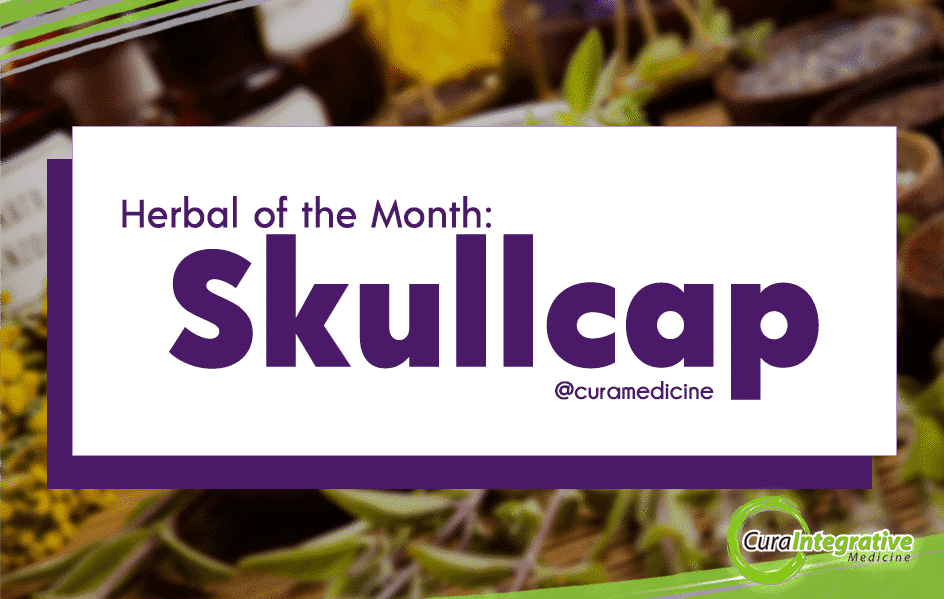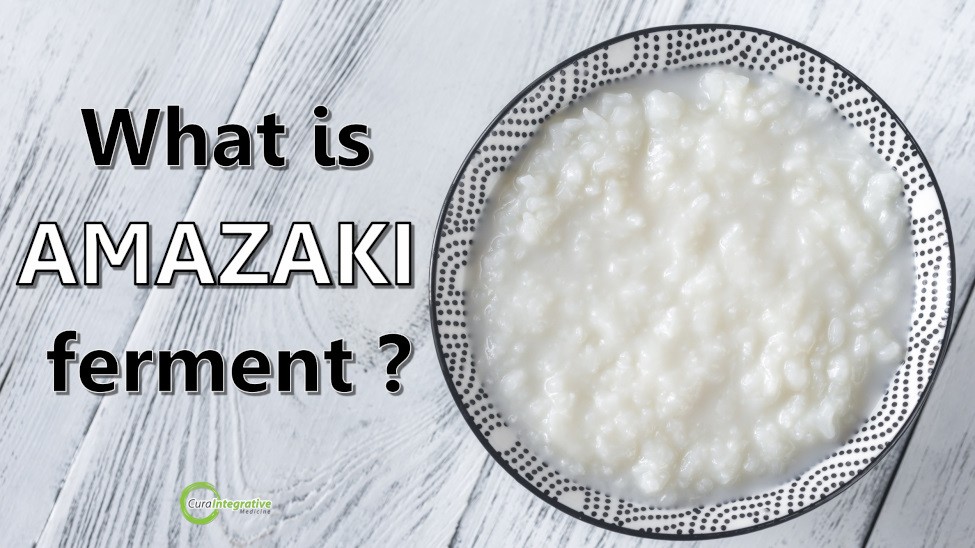Koji is a less known superfood found in a variety of macrobiotic foods. Containing Aspergillus oryzae, koji is used to make foods such as miso, amazaki and tamari. Read More…

Herbal of the Month – Skullcap
Posted 19 May '16
Skullcap is known scientifically as Scutellaria lateriflora, and more commonly called Blue Skullcap, or American Skullcap.
It has a long history of use as a medicinal plant, originating from North America. It was often used by Native American tribes as a “woman’s medicine” for its use as a breast pain reliever, a stimulant for menstruation, and a means to expel the placenta after giving birth. It was also used as a ceremonial plant to transition young girls into womanhood.
Over the years, studies have shown more of its medicinal properties, shedding some more evidence-based research on traditional uses from the herb. It has been found to:
- Reduce fever
- Reduce inflammation
- Relieve spasms of involuntary muscle twitching
- Cause contraction of body tissues, in order to reduce bleeding caused by minor cuts
- Increase, or stimulate menstrual flow
- Help induce sleep or calm the nerves
- Have tonic effects on the nervous system
Due to these qualities, it is used to treat a wide range of nerve disorders, such as epilepsy, insomnia, hysteria, anxiety, irritability with ADHD, and even withdrawal from sedative medicine and barbiturates. It is also given to patients with nervous headaches, neuralgia, and headaches caused by consistent coughing and pain. It is also currently being given to patients with post traumatic stress, and other conditions with anxiety.
Since Skullcap is used to stimulate menstruation, it should NOT be given to pregnant women as it could induce miscarriage.
Like all herbal medicine, it is wise to use in moderation, and use in a synergistic blend with other herbs with similar properties. It is, however, suspected that liver damage may be caused by using a substitute to Skullcap. It is recommended to consult with a registered Naturopath before taking these herbs to ensure there are no interactions with medicines or concurrent health issues.





